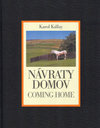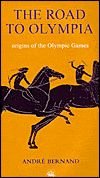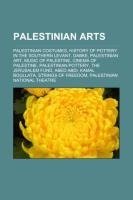
-
 Anglický jazyk
Anglický jazyk
Palestinian arts
Autor: Source: Wikipedia
Source: Wikipedia. Pages: 30. Chapters: Palestinian costumes, History of pottery in the Southern Levant, Dabke, Palestinian art, Music of Palestine, Cinema of Palestine, Palestinian pottery, The Jerusalem Fund, Abed Abdi, Kamal Boullata, Strings of Freedom,... Viac o knihe
Na objednávku, dodanie 2-4 týždne
14.40 €
bežná cena: 16.00 €
O knihe
Source: Wikipedia. Pages: 30. Chapters: Palestinian costumes, History of pottery in the Southern Levant, Dabke, Palestinian art, Music of Palestine, Cinema of Palestine, Palestinian pottery, The Jerusalem Fund, Abed Abdi, Kamal Boullata, Strings of Freedom, Palestinian National Theatre. Excerpt: Palestinian costumes are the traditional clothing worn by Palestinians. Foreign travelers to Palestine in the 19th and early 20th centuries often commented on the rich variety of the costumes worn, particularly by the fellaheen or village women. Many of the handcrafted garments were richly embroidered and the creation and maintenance of these items played a significant role in the lives of the region's women. Most experts in the field trace the origins of Palestinian costumes to ancient times, though there are no surviving clothing artifacts from this early period against which the modern items might be definitively compared. Influences from the various empires to have ruled Palestine, such as Ancient Egypt, Ancient Rome and the Byzantine empire, among others, have been documented by scholars largely based on the depictions in art and descriptions in literature of costumes produced during these times. Until the 1940s, traditional Palestinian costumes reflected a woman's economic status, whether married or single, and the town or district of origin, and a knowledgeable observer could glean such information from the fabric, colours, cut, and embroidery motifs (or lack thereof) in a given woman's apparel. Dresses generally had a loose-fitting cut that allowed for considerable freedom of movement. Decorative embellishments supplied a substantial share of the distinctive elements, and elaborately crafted elements such as embroidery were often worked onto panels that could be removed from one garment and transferred to another as a young girl grew or as a woman's old clothes wore out. Men's apparel was more uniform in style, with some variation by locale, status, and age. Headgear has been the chief distinguishing feature of Palestinian men's costume both traditionally and in the present era. Although regional variations of Palestinian costumes largely disappeared after the establishment of Israel in 1948, which saw the Palestinian exodus, Palestinian embroidery and costu
- Vydavateľstvo: Books LLC, Reference Series
- Rok vydania: 2012
- Formát: Paperback
- Rozmer: 246 x 189 mm
- Jazyk: Anglický jazyk
- ISBN: 9781150973635

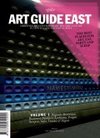
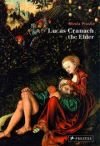
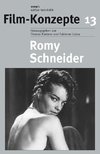

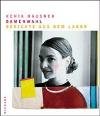

 Ruský jazyk
Ruský jazyk 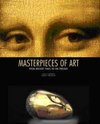
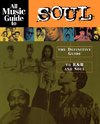
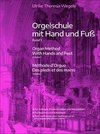
 Nemecký jazyk
Nemecký jazyk 
